Training Gundogs That Are Reluctant To Retrieve Birds
Gundogs That Are Reluctant to Retrieve Game
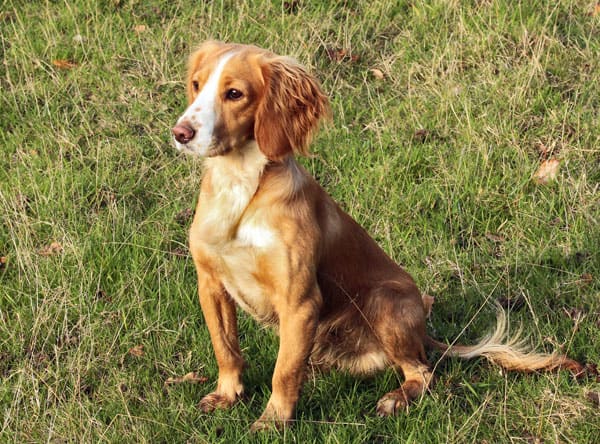
The Rescue: I have a young Cocker that came to me at 11 weeks from a lovely owner who had bought him at 8 weeks old.
Unfortunately, that was before being told by the hospital that he needed a spinal operation which would mean that he was unable to exercise or enjoy the dog for many months.
His concern was he wanted the best for the dog and asked if I would adopt him. I had worked with his mother’s dogs years before
I had intended to start him off on the right track and then probably re-home him. He had no papers and a full tail and the breeders were unscrupulous and unhelpful. So his background was a bit questionable. However, he had a way about him with a cheeky irrepressible personality that I liked.
So he stayed and he has been coming on nicely, so I gently eased him into retrieving. I run a team of four Cockers as picking-up dogs. I had named him Musket my previous dog that I bred from two of my best dogs I had named Gunner so I was starting a sort of similarly named pack.
I had started him early as possible on whistle training recall, stop whistle, quartering and hunting and using his nose, he was showing promise so decided to move him onto some basic retrieving.
Retrieving: I started him with rolled-up socks, then balls, then onto a smaller dummy then slowly getting larger up to normal size. He was excellent with the dummies, no problem at all. He was actually finding them when a couple of my older dogs missed them, so he has a good nose and he hunts well.
Then it came the time to start him on cold game. I always start with a dummy rubbed against a partridge or pheasant, no problem, retrieved them to hand. Then I transferred that to a dummy with a partridge wing held on by an elastic band all OK. Then strapped on two wings then the wings of a pheasant, then moved on to a fresh partridge as cold game. That was when the wheels fell off.
Why Cold Game?: No warm game at that time, as warm game sheds more feathers and that can be the problem, that is why I never start with pigeons it gives the young dog a mouthful of feathers that can cause an aversion and reluctance to retrieve game.
Musket ran out on the retrieve command keen as mustard, but when he got to the bird he nudged and turned it over a few times but would not pick and bring it back to me. I moved quickly away to encourage him not to make the mistake of sounding over-anxious or irritated. But he just kept sniffing it and poking and turning it over with his nose. In the end, he left it and he came back to me
I heeled him back to the bird picked it and put it away. Then got him to sit and stay walked away 50 yards blew the recall whistle and really praised him when got back to me. I never finish any exercise on failure or a negative.
With regard to this problem, I think it is either dust or the smell on the feathers or the actual squidgy feeling of the body that puts them off sometimes. It can be the small feathers on the body moving about when they put their mouth on it. I tried a couple more times with the partridge, but no luck same problem.
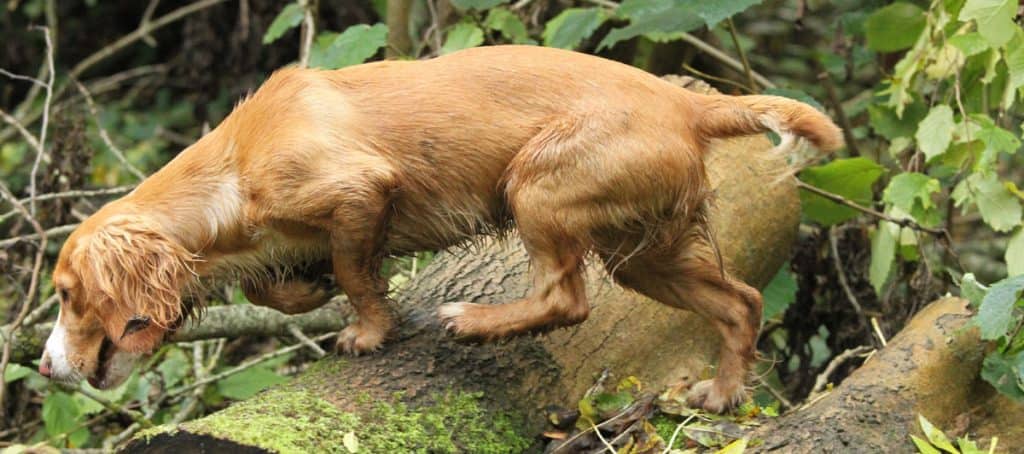
Give it Time: I left it a few days and did other exercises but no retrieving; I could not see the point of going back to the dummies with the wings on as he had no problem with that. I purloined a couple of my wife’s old tights and nylon pop socks. In the next training session, I prepared a partridge which I stuffed into a cutoff nylon stocking
You put the partridge completely in so it is totally encased then tie a knot in the top if it is a middle bit of the stocking you have cut off and it is open on both ends then tie the top and the bottom If you have more than one dog then leave the others at home, give the dog a one to one without the others being present as that can stress them.
I threw the partridge in the stocking about ten yards away in full view of the dog then got the dog to walk to heel for a few yards, stopped then sent it back on to the retrieve. Musket was keen to get to it but then fiddled about with it initially and I walked swiftly away from him and said Hi Lost this is a command a lot of gundog owners and trainers use for the dog to hunt for a lost bird though you can use Find it, Fetch or Seek.
Keep Calm: I was careful not to sound anxious or frustrated just gentle persuasion and he finally picked it up and came haring back to me and released it to hand on the command Dead, so this was great progress I was effusive in my praise.
I use terms such as “what you got” and “you clever boy”. Verbal praise is vitally important at this time. I do not use treats for recall or retrieves it tends to make the dog look for food or spit out the bird. Plus none of my other dogs are interested in any type of treat when they are working.
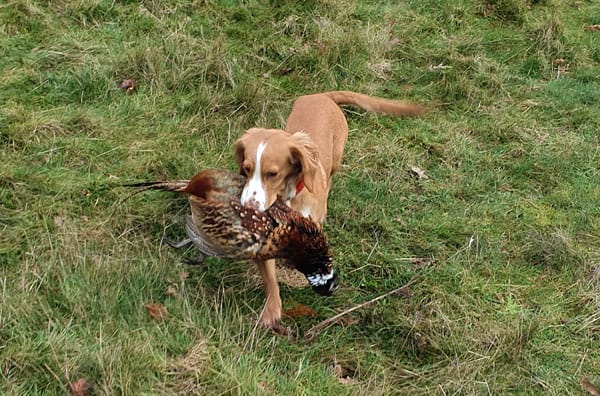
Always Finish on a Positive: I did two more retrieves which were fine then stopped the exercise on a positive, which you should always aim to do.
If the dog fails a few times on an exercise it normally means he hasn’t understood or more commonly you have not done your work well enough for him to succeed.
So always give a command you know he will do then reward and finish the exercise never finish on a negative.
The next day I repeated the exercise 3 or 4 retrieves for a couple of days then slit the nylon down one side and took one wing out. No problem brought it back, did, this for a couple of retrieves and finished on a positive.
The next day I took two wings out with no problem same again finishing on a positive, then the next day I started with two wings out after two retrieves I took the stocking off and threw he ran over to retrieve it but turned it over twice then picked it up and brought it to me, after that he was OK with partridge.
I really thought I had cracked it, silly me. So the next day I took out a pheasant and he would not pick it up, kept nudging and sniffing it and turning it over and despite encouragement from me he just would not retrieve it. So I took out a dummy no problem and then a partridge and he retrieved it no problem so finished on a positive.
Success: Next day I started with a small hen pheasant and repeated the exercises by covering the pheasant in a stocking then one wing out then two. After about 4 days of this, I took a fresh bird without any cover, threw it behind me and made Musket walk to heel away from the bird.
We walked 20 yards away from the pheasant I stopped pointed in the direction of the hen and I sent him onto the retrieve with the Hi Lost command, he ran to it picked it up and returned it to me and released it on command. I really praised him big time. I have been gradually increasing the size of the birds and he is doing well though sometimes he picks it well and other times he picks up a wing or by the neck or drops it just before releasing it to hand.
That will come with experience; he is after all still a young dog. He is now on large Cock Pheasants and handling them more confidently. I have used this method on a number of occasions and so far it has always worked. Though if you have problems with balls or dummies you are probably on a loser. If it hunts well use it as a beating dog.
© Stan Rawlinson January 2020
Sign up for my Fascinating Newsletters
(2) Recall Training Junior and Adult Dogs
(3) Walking to Heel


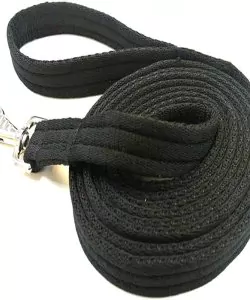



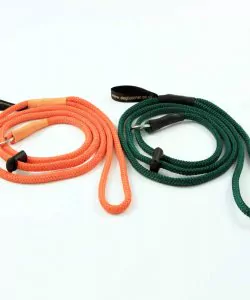
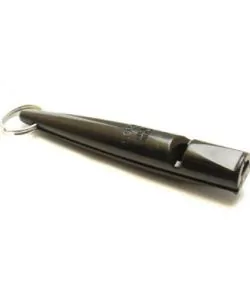

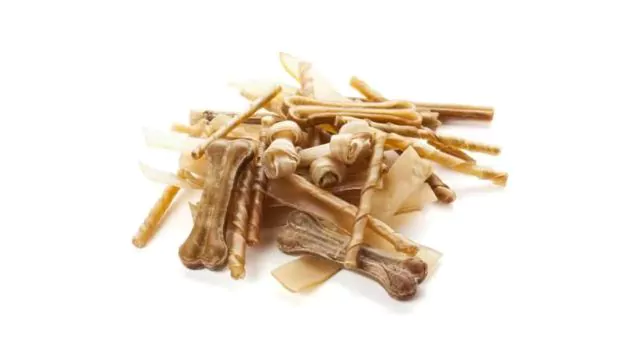
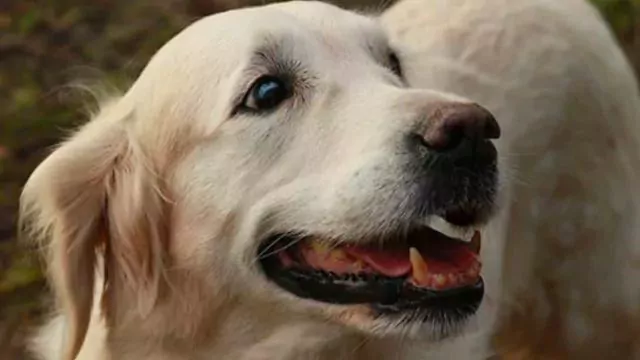

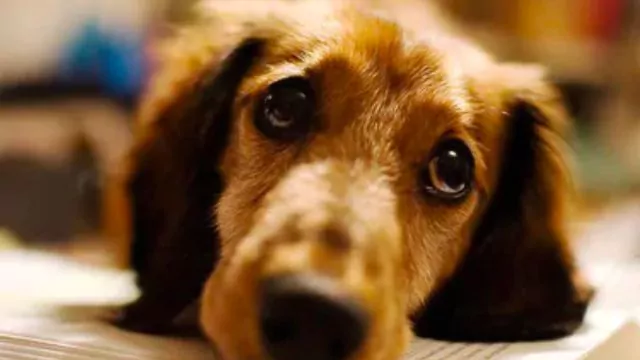

Comments (2)
Maybe some dogs don’t like touching dead things?
I have a GSD (never taught him to do this – just got involved). Raising quail (little flighty things which are almost impossible to catch). My boy is great at catching them – even plucking them from the air completely unharmed and bringing them to me. Not once even the tiniest puncture wound. But he will not go near anything dead – or touch raw meat. Dogs can be strange creatures.
Isn’t that the truth, there is nowt so strange as dogs and folk
Comments are closed.